Have you ever left out plugging in a USB-C, and then no video signal was displayed? Frustrating, right? You are not alone in it. This is the same case with a large number of users when they want to join their laptop to an external monitor, and what they see on screen is a blank screen despite the presence of what is known as the correct cable.
This is very easily mixed up with understanding what DisplayPort over USB-C, also known as DisplayPort Alt Mode, is. The technology has also revolutionized how we connect devices. An all-in-one cable solution can deliver high-resolution video, crystal-clear audio, high-speed data transfer, and deliver large quantities of power USB port.
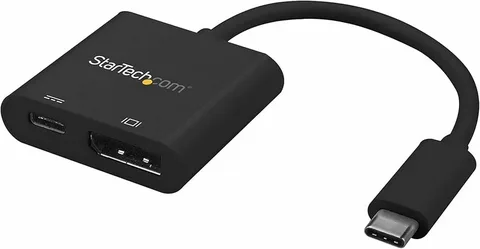
DisplayPort over USB-C is an important concept to know when dealing with new devices. Be it a professional who needs to see more than one monitor at a time, a content producer who needs 4K video output, or just a person who wants to see what is on their laptop screen on a bigger screen, understanding the operation of this technology can save them time, money, and much frustration.
What Is DisplayPort over USB-C (Alt Mode)?
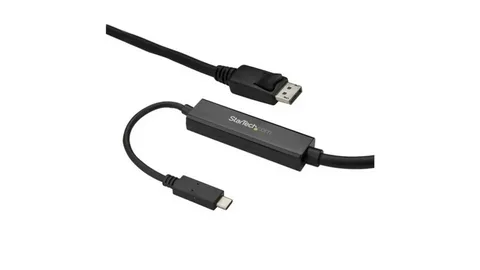
DisplayPort Alt Mode is a smart addition that enables USB-C connections to support both DisplayPort audio and video, in addition to conventional USB data. The easiest way to think about it is as a cable with many talents, and the ability to wear hats, depending on what your devices require hdmi cable.
DisplayPort Alt Mode can redirect part of the pins on a USB-C port to support DisplayPort signaling rather than USB data. This automatic redirection occurs when you attach a compatible display to provide a seamless experience to the user’s HDMI adapter.
The technology is capable of stunning things. It can produce high-resolution video up to 8K at 60Hz, but 4K at 60Hz is more typically used. There is also high-quality audio, and multi-channel digital audio formats are supported. At the same time, the connection still supports SuperSpeed USB data transfer rates, and you can transfer files at a rate of up to 10Gbps or even higher display adapter.
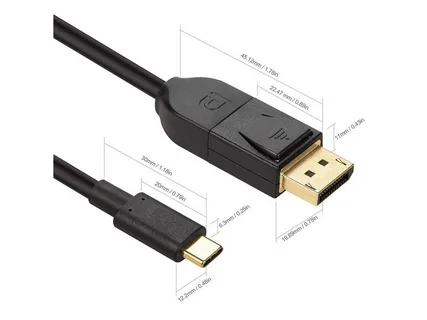
Another interesting feature is power delivery. USB-C display port alternate mode can supply up to 100W of power, enough to charge most laptops, and at the same time provide video and data services. The reversible connector design removes the frustration of being unable to fit cables in the reverse direction.
Such flexibility makes DisplayPort over USB-C especially useful in a professional setting with a limited desk area and needing to manage cables. Multiple connections can be substituted by one cable, which decreases clutter and makes work simpler usb c devices.
Key Advantages and Benefits
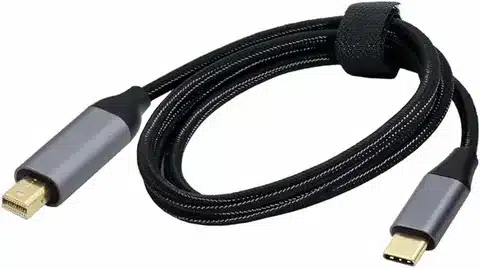
The primary advantage of the DisplayPort over USB-C is that it is convenient with only a single cable. All of this can be had through a single connection rather than yanking in different power, video, and data cables. This simplifies its use considerably by the users of laptops who always have to power on and off the HDMI connection port on the external displays.
The technology is more helpful with legacy port compatibility with adapters. Depending on the appropriate USB-C adapters, it is quite easy to connect to older monitors in cases where their input is HDMI, DVI, or VGA. This backwards compatibility is the effect, as old hardware investments are worth acquiring even in the case of technology changes the DisplayPort adapter.
DisplayPort Alt Mode boasts of high data and power throughput, which is a distinguishing feature of this connection standard when compared to other connection standards. Separate power cables typically become necessary (laptops, etc.) with HDMI, but USB-C with DisplayPort Alt Mode can supply either (or both simultaneously). It is also significantly more bandwidth-efficient than most conventional connections and can support higher resolutions and refresh rates with USB-C connectors.
It is also particularly important to professional users that the technology permits the daisy-chaining of multiple monitors to compatible displays. This enables multi-monitor setups in large configurations, and does not require the HDMI port of the source device to have multiple ports.
The standardization of USB-C also allows greater interoperability between equipment produced by other vendors, without necessarily having to use proprietary cables and adapters to obtain such interoperability, as is typical of other video cable connection standards.
How to Identify DisplayPort Support
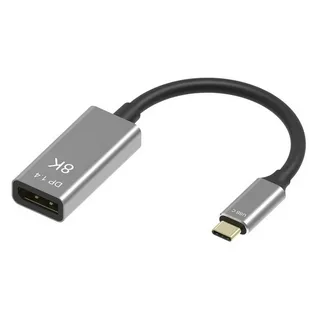
To find out whether or not your USB-C port has DisplayPort Alt Mode, you must check some indicators. DisplayPort (DP) is the most reliable graphics device, second to the USB-C port. DisplayPort capability is represented by this tiny symbol, consisting of a D with a P in the middle and lines coming out.
However, not all manufacturers can be found with this logo on the first page, so it is a good idea to look at official device specifications. You need to confirm the Support of DisplayPort Alt Mode in the technical documentation of your device or on the Manufacturer’s website. Specifications of the ports will commonly be given in detail in user manuals, including what features each USB-C port offers type C port.
The capabilities of one port on a device may not be the same as its other ports (which may have many USB-C ports). Only some of them can provide power and transfer data, and some of them can provide DisplayPort Alt Mode as well. Thunderbolt 3 and Thunderbolt 4 ports always support DisplayPort Alt Mode since this is part of the Thunderbolt specification, USB-C end.
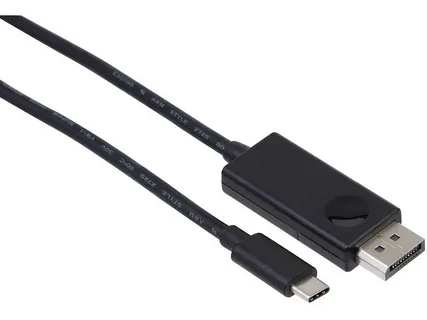
It can also be identified using software. Information about port capabilities may be obtained using Device Manager on Windows computers. Thunderbolt and USB information can be examined by Mac users. But the surest way is by referring to official documentation connecting accessories.
The extra information about port capabilities can occasionally be obtained by third-party utilities and system information tools; however, depending on the exact combination of hardware and software, USB-C standards.
What Happens Without DisplayPort Support
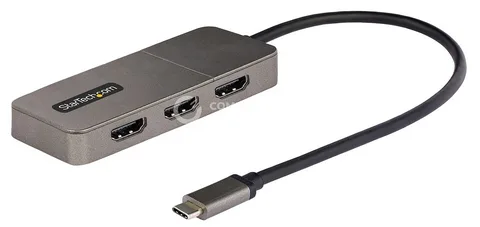
You can also plug a DisplayPort-capable device into a USB-C port that does not support Alt Mode, and nothing is sent in video information. Its advantage is that it will not damage your equipment; the difference is just that there is no output video card to the screen.
The warning that the attachment lacks a video output can also be displayed on your machine. These messages allow users to understand why their desired setup is not working as expected.
For this scenario, troubleshooting steps are numerous to diagnose the issue. First, you can just swap to another USB-C on your device since not all USB-Cs can support the DisplayPort Alt Mode. Install all the latest device drivers, particularly graphics drivers and USB controllers, as older drivers cannot support Alt Mode functionality USB-C to HDMI.
An established DisplayPort-compatible cable lets you eliminate cable issues during troubleshooting. The same-looking cables are sometimes offered with different specifications and capabilities.
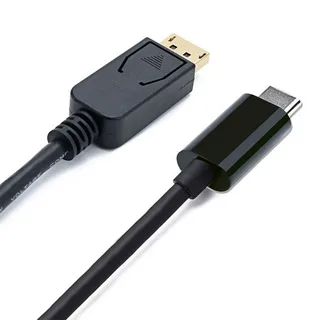
A temporary communication problem can be fixed by power-cycling your source device and your display. Unplug all the cables, turn both devices off, and then plug them back in and turn them on in this order: usually the display, then the source device.
Choosing the Right Cables and Adapters
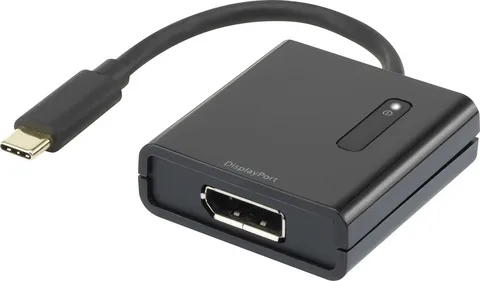
DisplayPort over USB-C cables can come in both full-featured and non-full-featured cable types, with USB-C cables that can transfer a video needing to be full-featured, and either USB 3.x or USB4 standard. All these cables contain all the necessary wires and can supply the high bandwidth requirements of video signals.
The most common mistakes are to use charging only cables, or USB 2.0 cables, which lack the additional wires required by the video signals. These cables may look like full-featured cables, but they will not carry DisplayPort signals. The cable specification must also be verified when purchasing.
Cable bandwidth speeds are bandwidth specifications. Discover 5Gbps (USB 3.0), 10Gbps (USB 3.1), 20Gbps (USB 3.2), or 40Gbps (USB4/Thunderbolt). The higher-rated cables are likely to have a better video performance and other characteristics.
Thunderbolt 3/4 cables, USB4, are the most suitable cables that can be utilized in DisplayPort Alt Mode. These are cables that are more rigorously tested and typically provide better performance uniformity. They may cost more; however, in most instances, they will not encounter compatibility issues that may require multiple cable buying activities.
Non-USB-C displays can be easily connected to the adapter cables. USB-C to DisplayPort, HDMI, DVI, and VGA adaptors can be used to connect to virtually any display type. Choose adapters of popular companies to ensure the correct conversion of signals, as well as their uniformity.
Troubleshooting Real-World Issues
Sometimes the communication problems with the devices require simple solutions. In some cases, monitors will become stuck in incompatible modes, and this may be resolved by power-cycling the monitor. Similarly, a reset of your source device will erase any temporary software incompatibilities that will put DisplayPort Alt Mode out of business.
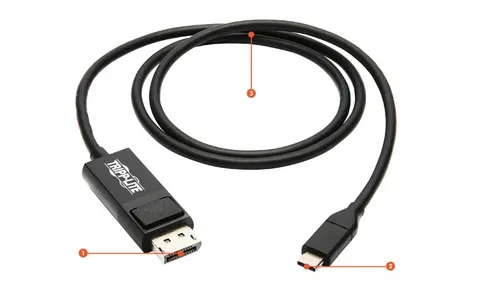
Cable quality is an important factor in reliability. Cables that initially work well may be destroyed in the process due to frequent connections and disconnections. Investing in a higher quality of cables with reinforced connections and stronger shielding is beneficial in the long term in reducing reliability issues.
DisplayPort Alt Mode is not always fully compatible to work because of the incompatibility of the firmware and drivers. Graphics driver updates will also tend to improve USB-C display connectivity. Similarly, a monitor firmware upgrade can overcome compatibility issues with other more recent source devices.
A systematic troubleshooting plan is time-consuming and frustrating. The first is to make sure you have a cable with DisplayPort capabilities, and then restart the two devices. Should issues arise, you will be able to connect to an additional USB-C port or even another display. Finally, check to ensure that new firmware and driver updates are available.
Environmental aspects can also be related to performance. Other nearby devices, cable lengths, and extreme temperatures can also create electromagnetic interference that could alter signal quality. Keep power supplies (and any other sources of interference) clear of cables where possible.
Frequently Asked Questions
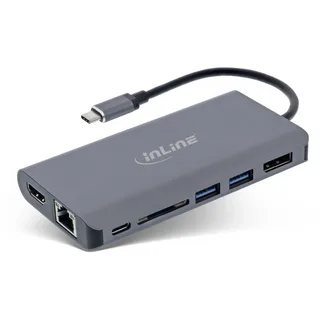
Do any USB-C monitors support DisplayPort Alt Mode signals? No, these are specifically designed monitors that are intended to accept DisplayPort Alt Mode over USB-C. The monitor ought to support this feature, but simply having a USB-C port does not mean that the device is capable of DisplayPort Alt Mode.
Can power run and video run on the same cable? This is among the biggest strengths of DisplayPort Alt Mode: it delivers up to 100W of power with high-resolution video and audio outputs all over a single USB-C cable.
Does DisplayPort Alt Mode have docking stations? Yes, though it fits the model of a docking station. DisplayPort Alt Mode will be common with quality docks and may provide video output to multiple displays attached. ALWAYS verify that you are purchasing a dock that will fit within your configuration.
What is USB-C DisplayPort Alt Mode? This is a significant advancement in connectivity technology that provides a single cable with the most versatility ever. And, armed with some basic information about locating compatible ports, choosing the appropriate cables, and what to do in the event of trouble, you can make the most out of this technology, in terms of meeting your display connectivity needs.





